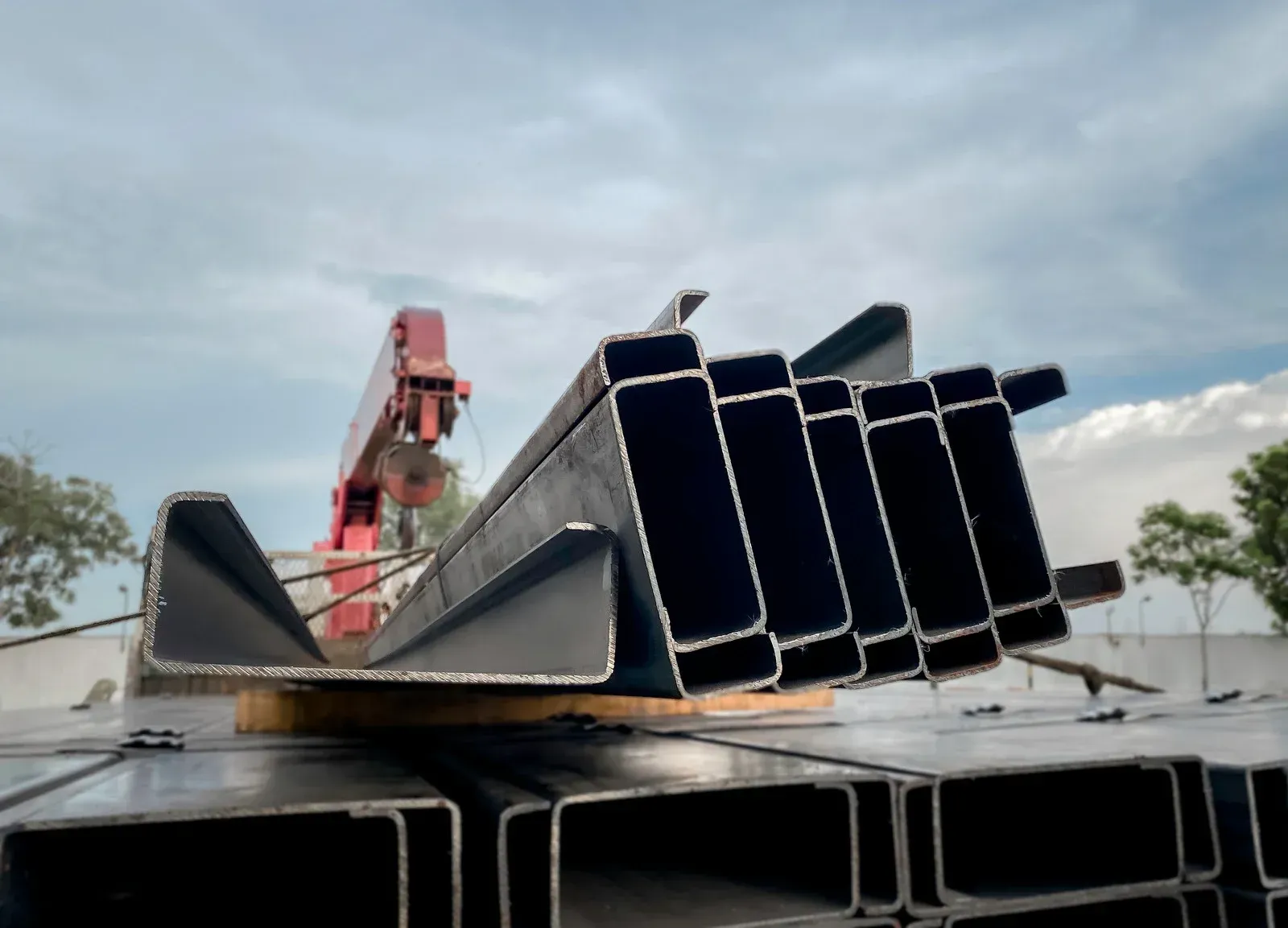How Angle Rolling Can Unlock New Possibilities In Metal Fabrication
Metal fabrication plays a crucial role in many industries, including construction, infrastructure, transportation, and heavy equipment manufacturing, where strength, precision, and consistent results matter for every single component created. In recent years, angle rolling has become a preferred method for shaping metal parts because of its ability to form complex curves and consistent angles without compromising structural durability or increasing waste.
Unlike traditional methods that require multiple steps, cuts, and welds to achieve the desired form, angle rolling offers a more efficient approach to bending various metal profiles, including angle bars, flat bars, and channels. Fabricators and builders can rely on this process when projects require curved steel sections that must meet both visual appeal and strength standards in commercial and industrial environments.
Understanding the Angle Rolling Process
Angle rolling uses specialized equipment that applies controlled pressure to metal bars, helping form precise arcs, spirals, and full circles while maintaining the original material's strength and appearance.
Operators feed the metal into a series of rollers that bend the bar uniformly, which removes the need for extensive manual handling or additional welding work. This method allows manufacturers to shape metals into consistent, repeatable forms that align with the exact dimensions needed for modern construction, design, and mechanical systems.
Advantages of Angle Rolling for Modern Fabrication
Angle rolling creates curved metal sections that retain their integrity, making them better suited for high-load applications such as structural supports, frames, or brackets. By reducing the number of cuts and welds required, this technique helps increase overall product strength while decreasing labor hours and project costs.
The method allows for fast turnaround on custom orders since the metal can be shaped with minimal setup and fewer material handling steps. In addition to its efficiency, angle rolling reduces scrap, minimizes rework, and increases consistency across batches, which benefits manufacturers with high-volume requirements.
Widespread Applications Across Industries
Engineers and contractors in construction often choose angle-rolled materials for arches, canopy supports, staircases, or roof frameworks where straight lines do not provide the needed design or load-bearing characteristics.
Automotive and transportation sectors benefit from rolled components for trailers, rail cars, or shipping equipment where both appearance and strength are equally important.
In the world of industrial design and art installations, professionals rely on curved metal shapes to create decorative yet functional structures such as gates, railings, or entrance arches.
Many sectors appreciate the flexibility of angle rolling when dealing with unique blueprints or demanding environmental conditions that require custom metal profiles.
Custom Shapes with Consistent Quality
Professionals use angle rolling to achieve specific shapes that meet highly detailed design requirements, helping reduce the need for further modifications after fabrication.
The process delivers accurate results that match the original specifications, even for challenging radii or tight curves.
Because the machinery allows for quick adjustments, operators can shift between project types without lengthy downtime or tool changes. Curved bars formed through rolling provide smooth lines and solid construction that support both small- and large-scale uses in modern fabrication projects.
Harvey Brothers Inc.
provides expert
angle rolling services, serving Greater Cincinnati, Kentucky, Indiana, Illinois, and Tennessee. We help industries shape metal with strength, accuracy, and long-term reliability across many types of fabrication projects. Get in touch today to discuss your needs.



